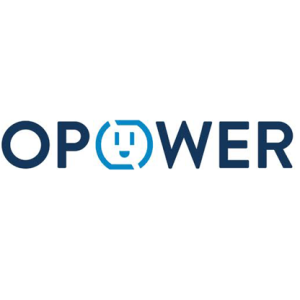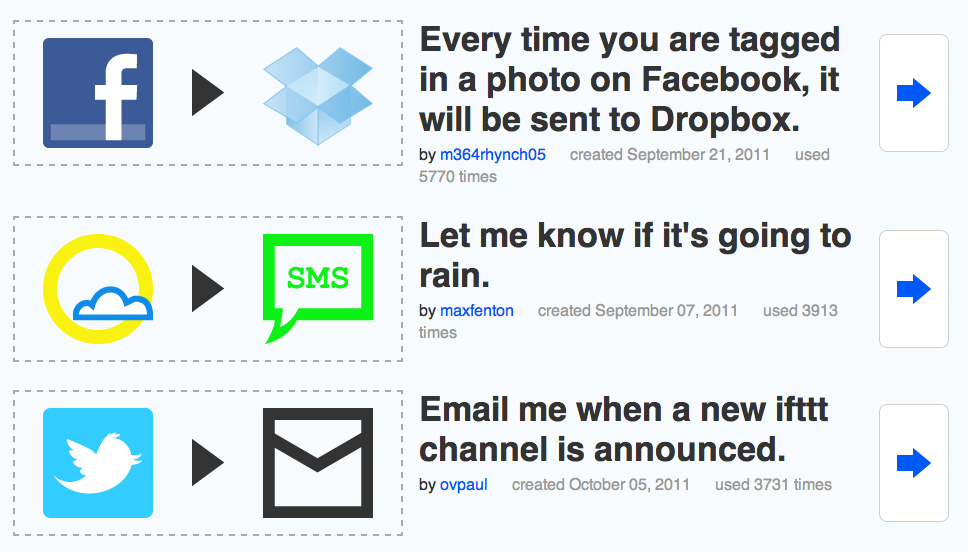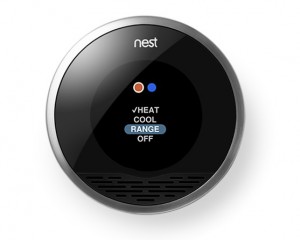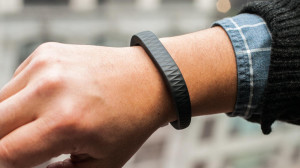When I buy the much-hyped smart refrigerator, you’ll know I’ve officially gone around the bend, and have officially surrendered to IoT hype: it makes sense for those who buy a ton of processed foods with bar codes on them, but I just can’t see the value to those of us who buy a lot of label-less veggies from farmers markets, for example.
In a close second place on my personal list of those IoT devices that violate one of my Essential Truths of the IoT: “just because you can do something doesn’t mean you should” would be a smart washing machine.
As the Washington Post wrote about Whirlpool’s $1,699 “smart” washer,
“Few expected ‘smart’ machines would fly off the shelves. They’re expensive, and Americans don’t typically replace their washers and dryers all that often. But analysts say the problem is bigger than that. Today’s smartest washer and dryer set won’t fold your clothes, erase wrinkles or stop you from mixing reds and whites. It won’t even move a load from one machine to the other. So what’s the point?”
I know there are going to be some false starts in creating IoT-enabled products that really do provide value, and good for Whirlpool for experimenting, but I do wonder whether something we used to call “common sense” is sorely lacking in some companies’ IoT decision-making.
IMHO, it would really be helpful if my washer and dryer could go on late at night to take advantage of utilities’ off-peak pricing as part of their smart grid initiatives (to their credit, as you’ll see from the photo of the companion smart dryer, a smart grid link is part of these appliances)

smart grid button on Whirlpool dryer
. However, I suspect that would be easily possible if the utilities just published APIs so some smart IFTTT user could create a “recipe” that would turn on an utterly-conventional washer that was plugged into a WeMo smart plug (hmm: did a search for that, and found a recipe that would automatically turn off a washer plugged into a WeMo if a Nest alarm detected a fire: nice, but rather low on my list of what I’d want to have done in case of a fire….).
So, yea, smart appliances, but let’s also make sure that one of the questions companies ask before committing to a really expensive initiative is: “do we really need it?”






